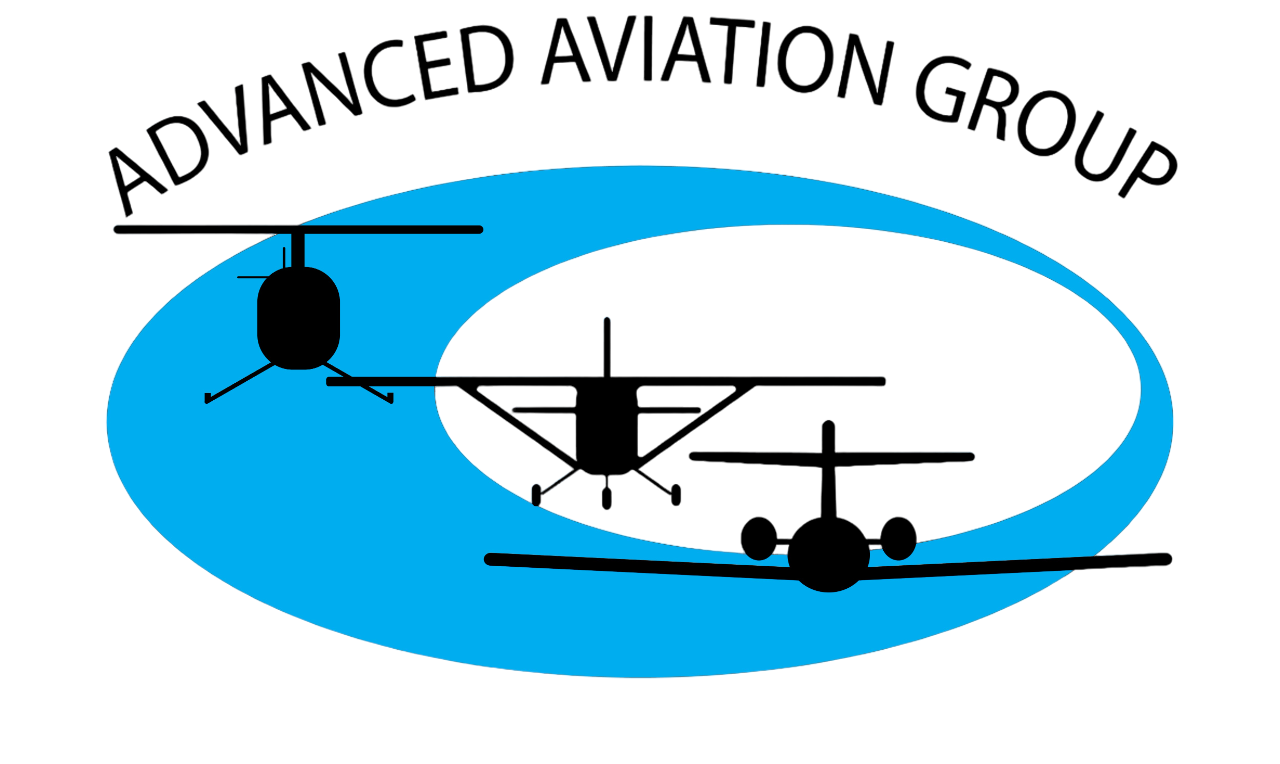
Instrument Rating
The Instrument Rating is the next step up in aviation after the Private Pilot’s License. While a Private Pilot is mostly limited to flying in good weather only, the Instrument Rating allows pilots to fly in poor weather under instrument flight rules (IFR), allowing for more flexibility in when they get to go fly. The instrument rating goes along with a current private or commercial pilot certificate. It is recommended to receive your instrument rating before your commercial pilot’s certificate. An instrument rating also increases your safety as a pilot even when flying in visual flight conditions.
Course Prerequisites
Hold at least a private pilot’s certificate
Ability to read, write and speak English
Be at least 17 years old
Training Requirements
Just like in your private pilot training, a minimum number of instrument training hours are required, most of this being simulated or actual instrument time. Instrument time is when the pilot is flying solely based on instruments. This can be achieved by filing an IFR flight plan and flying in the clouds or using view limiting devices called foggles, which restricts you from seeing outside of the cockpit. Simulated instrument must be accomplished with an instructor or a safety pilot. A full list of training requirements are listed below:
50 Hours of Pilot in Command (PIC) Cross-Country Time
Can be achieved solo or dual as long as your have your private already
40 Actual or Simulated Instrument Time
Can be achieved with a safety pilot or an instructor
Up to 20 hours can be flown in an approved AATD simulated like our iGate Elite G502
15 Hours of Actual or Simulated Instrument Flight Training
Must be flown with a Certified Flight Instructor-Instrument (CFII)
3 Hours of Actual or Simulated Flight Training Within 2 Calendar Months of your Instrument Checkride
One 250nm Instrument Cross-Country Training Flight with an Instrument Approach at Each Airport and Three Different Kinds of Approaches Flown
65 Question Multiple-Choice Written Exam
Instrument Rating Requirements
What Will Instrument Training Include?
Your instrument training will be done one-on-one with an instrument flight instructor. You should continue with the same instructor throughout training so that you can continue at a faster pace. During your flight, you will practice instrument maneuvers, approaches, departures and en route flight under view limiting glasses which simulated flying in instrument meteorological conditions (IMC).
Most of your lessons will be conducted in two hours blocks which can be scheduled around your availability
Up to 20 hours of your instrument training can be conducted in our iGate Elite 502 advanced simulated. This allows you to practice more maneuvers and skills in the same amount of time. A simulator also gives you the added advantage of the ability to pause and discuss techniques and allows you to more thoroughly learn instrument flight.
Frequently Asked Questions
-
Training costs vary for everybody but the average is around $13,000. Costs can be reduced by using a simulator or using a safety pilot to accumulate simulated instrument time.
-
An instrument does present a challenge to many people but most people say it is equivalent difficulty to private pilot flight training.
-
An instrument rating can be helpful in many circumstances. If you plan on being a professional pilot, you will need an instrument rating for virtually any paid pilot position. An instrument rating also offers a safety margin even in visual flying because you never know when weather will form.
-
Not hard at all, most of our flight instructors are also CFII’s.



